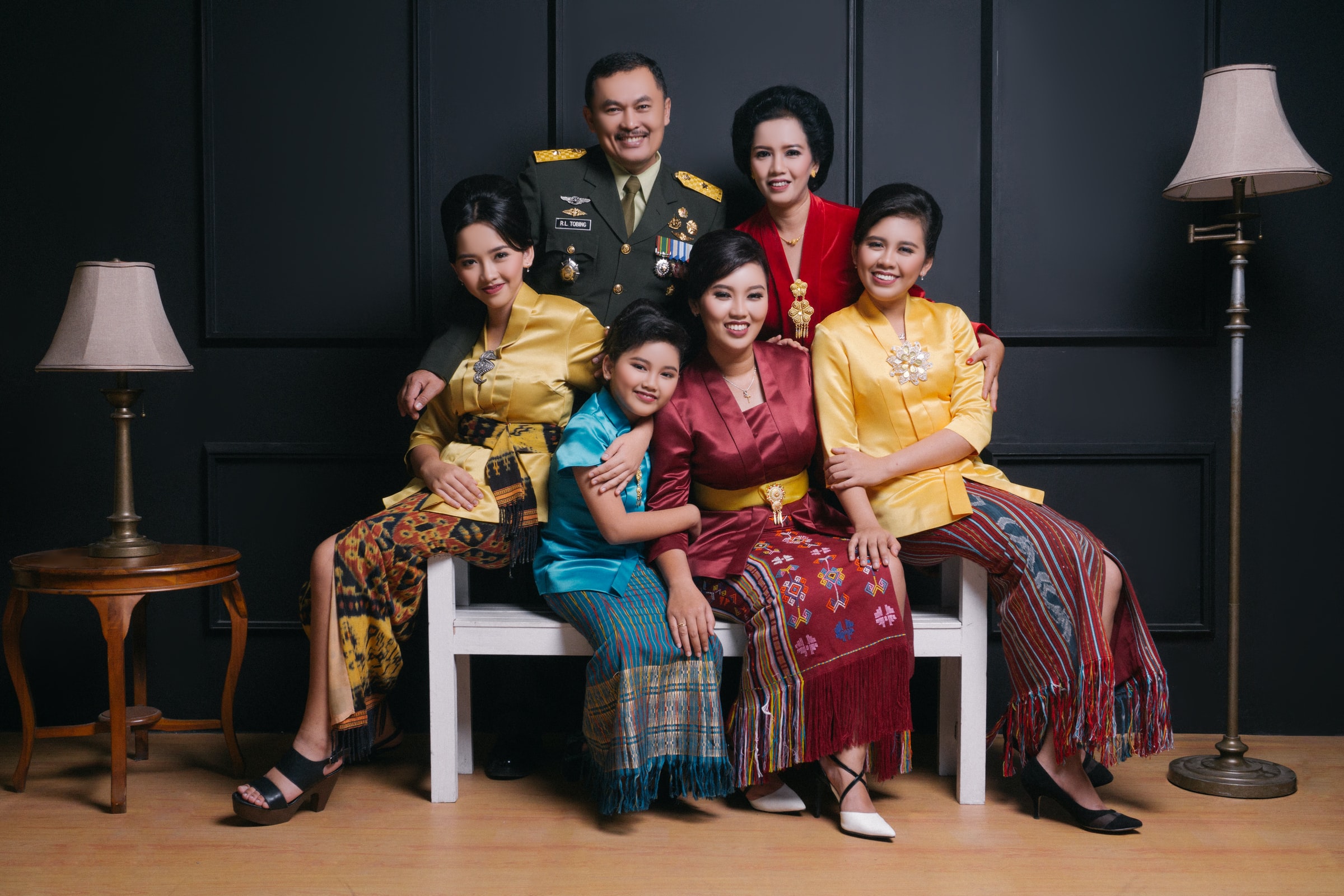
Spanish Family Vocabulary
Table of Contents |
|
| 1. The Family Vocabulary | |
| 2. Vocabluary: Famly Relations | |
| 3. Family Members Child | |
| 4. Diminutive Suffixes Used for Addressing Family Members | |

| 1 | To Use Plural of Masculine Form : when having a casual conversation, Grouping of family members is by relationship instead of by gender. Example : 1) Cuántos hijos tienen Ivan y Regina?. English Translation:- How many children do Ivan and Regina have? 2) Quiénes son los padres de Jorge?. English Translation:- Who are the parents of Jorge? |
| 2 | Always choose plural form of the gender word while grouping family members by relation and gender. Example: 1) Cuántas sobrinas tiene Robin? . English Translation:- How many nieces does Robin have? |
| 3 | Sometimes its important to specify the gender of male as given in examples below, when masculine form is generally used as gender for most categories. Example: 1) Quiénes son los hijos (varones) de Ivan y Regina? English Translation:- Who are the sons of Ivan and Regina? |



Diminutive Suffixes Rules to be followed while addressing Family members in Spanish
| Rule 1 | Native Spanish speakers could very well address family members in variations or different terms that what you say above. You also may not hear the standard bookish relationship terms but more of practical which are vary quite a bit from above. |
| Rule 2 | This is primarily because Spanish language allows diminutive suffixes to be added to nouns in the end. Please refer to few examples below for details. The diminutive suffixes also determine speakers feelings about the person or object being addressed. |
| Rule 3 | Quite often used nouns and adjectives in Spanish language are –ito and –ita suffixes which are similar to masculine and feminine nouns and adjectives. This is done to add a hint of “Making Small” or “Dearness” to the subject being addressed. |